What Beach Warning Flags Mean
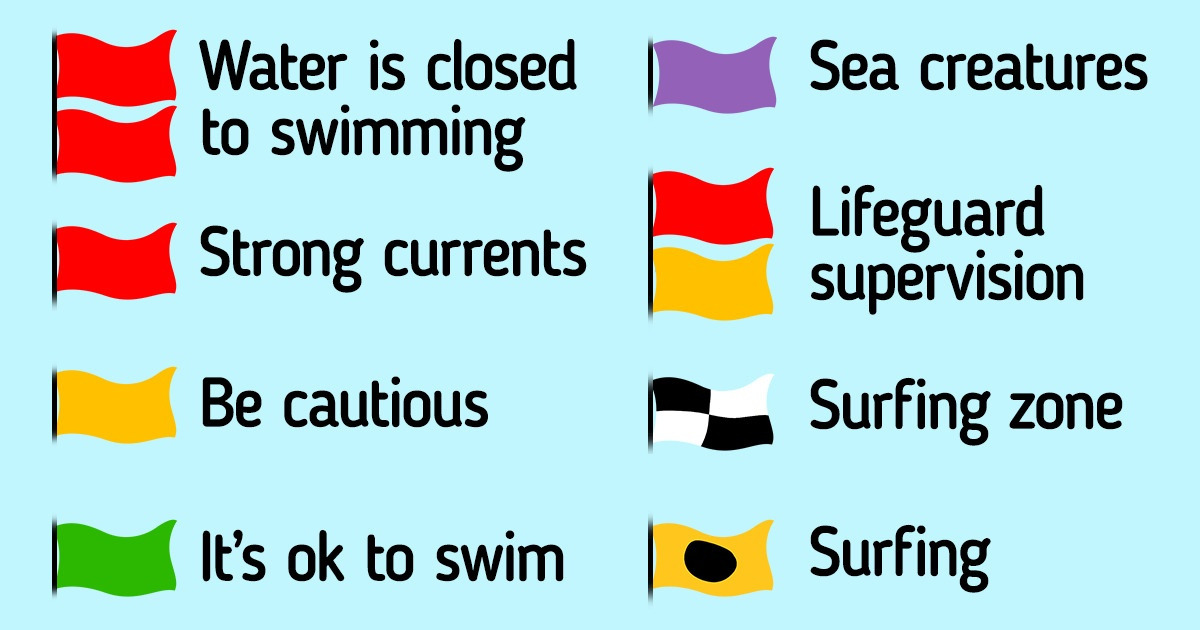
You’ve probably seen those colorful flags during your beach vacations. They are used for warning people about dangers on the water or, on the contrary, about nice conditions for having rest.
5-Minute Crafts created a cheat sheet for the types of flags that you may see at the beach.
1. Double red flag
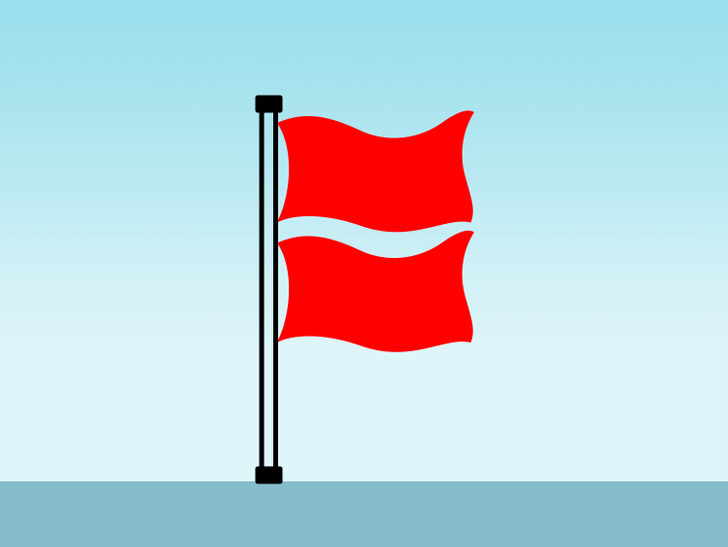
Red flags warn swimmers about serious dangers in the water. For example, a double red flag means that the waters are closed for swimming because they are too dangerous even for experienced swimmers.
2. Red flag
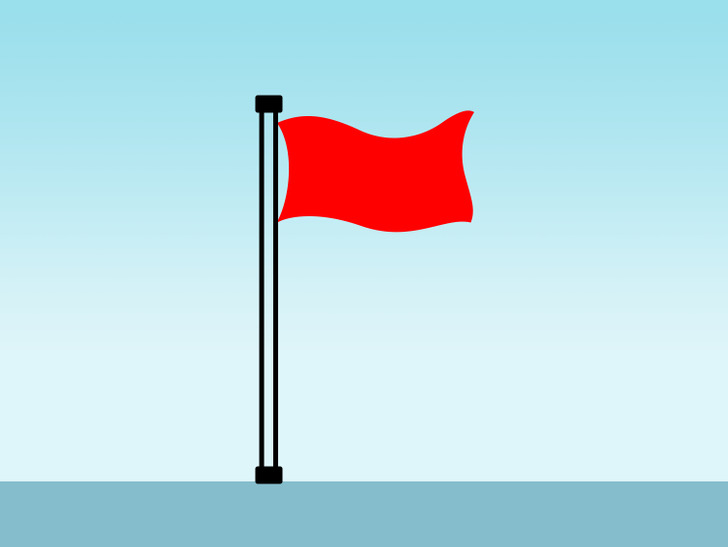
A single red flag is also a serious warning. It means that either the surf is high or there are dangerous currents or both. When seeing a red flag at the beach, you still can swim but you need to be extremely cautious and go into the water only if you can swim well.
3. Yellow flag
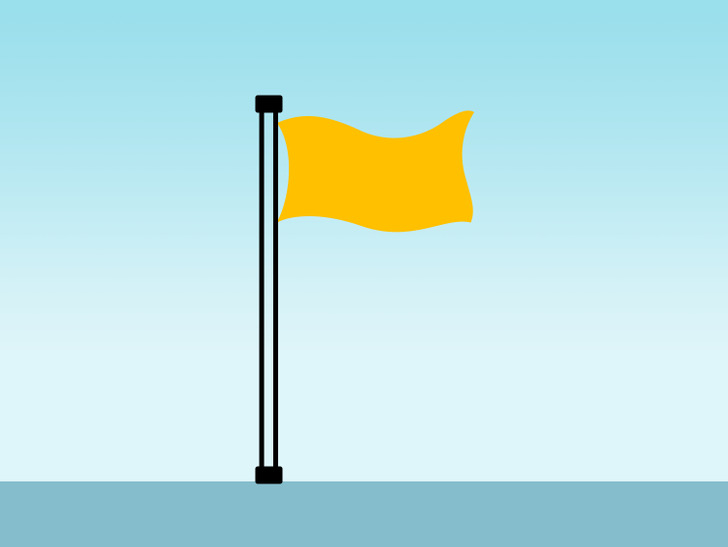
When the conditions in the water are rough but not dangerous for life, you will see a yellow flag at the beach. It indicates a potentially strong surf, dangerous currents, or low tides. This means that swimmers must exercise extreme caution on the water.
If you see a yellow flag, try to swim only near the lifeguards and listen to all the warnings from them. If you are swimming with kids or if you yourself are a not-so-good swimmer, you’d better wear a life jacket.
Some beaches constantly have a yellow flag because of the stones, uneven seafloor, or conditions attracting predators.
4. Green flag
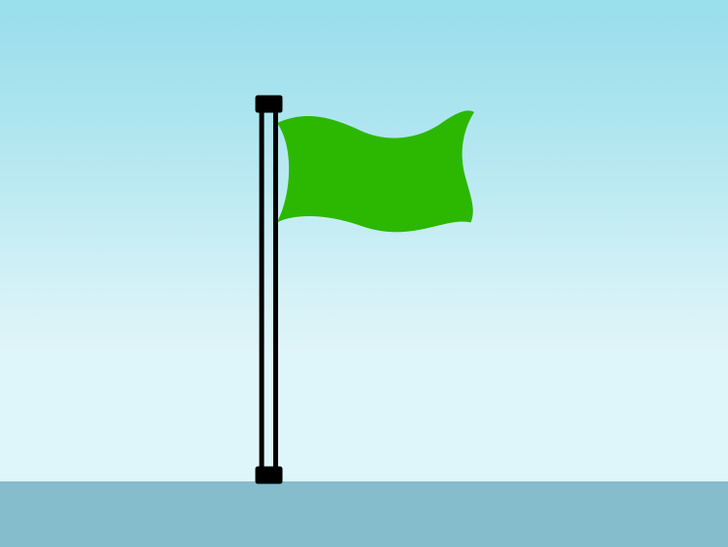
The green flag at the beach means that it’s safe to swim in the water. But even in this case, it’s recommended to be cautious, listen to the warnings from lifeguards, and watch the kids.
5. Purple flag
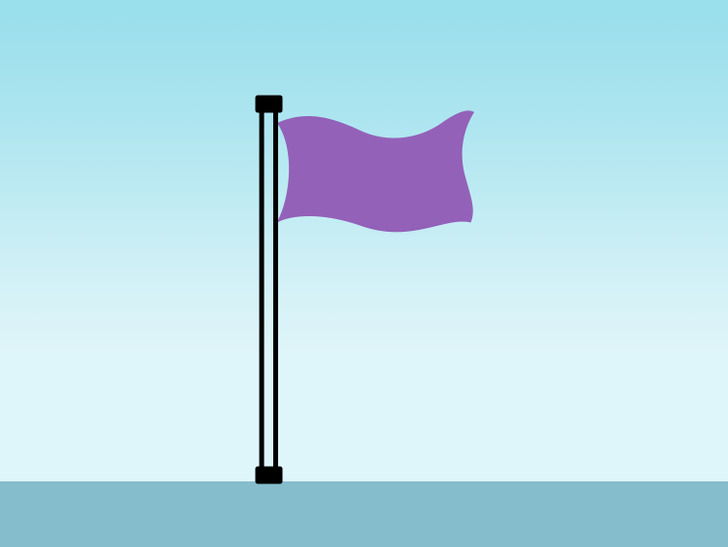
Dark blue or purple flags mean that there might be potentially dangerous sea creatures in the water, like jellyfish or sharks. This flag can fly either on its own or with other colored flags. If you see a blue or purple flag but the waters are open for swimming, be extremely cautious and watch carefully if there are dangerous creatures nearby.
6. Red-over-yellow flag
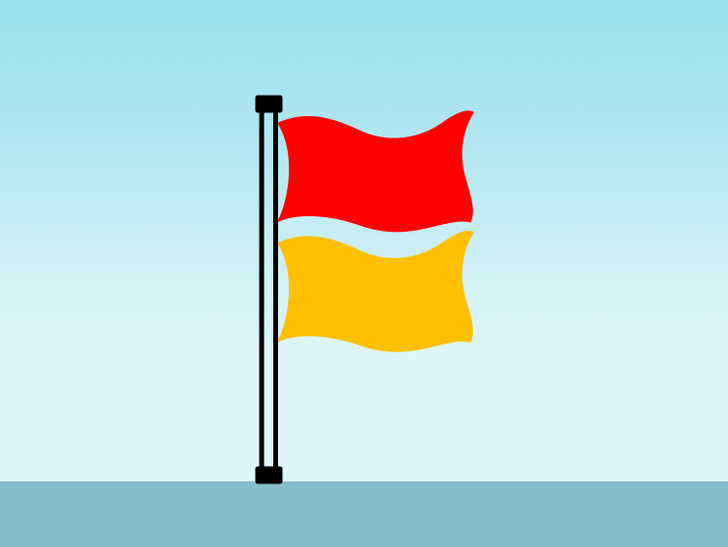
The red-over-yellow flag means that the waters are under the supervision of lifeguards. Such a flag can be used in pairs to limit the area of the beach, which is carefully monitored by lifeguards. They can be used alone as well. In the latter case, such a flag indicates that swimming is allowed in front of the area where the flag is flying and that this area is under the supervision of lifeguards.
7. Quartered flag
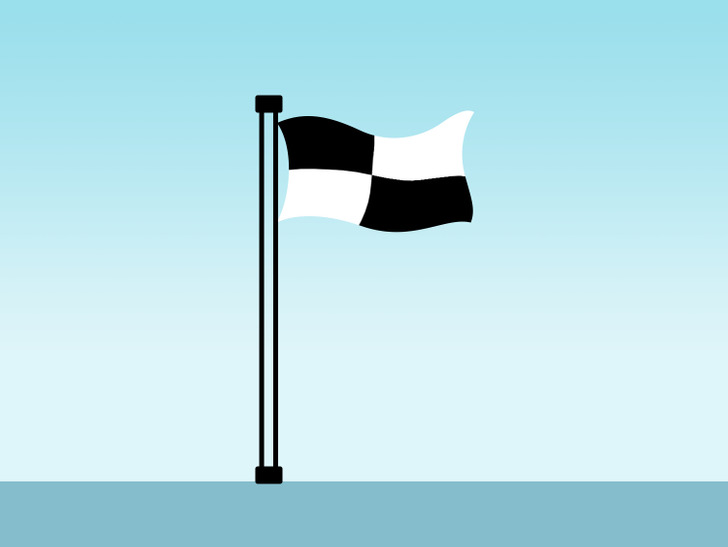
The quartered black and white flag indicates a zone where you can go surfing, windsurfing, or use any other swimming means. Such flags are normally used in pairs to limit the zone of the beach that can be used for such activities.
8. Yellow flag with a black ball in the center
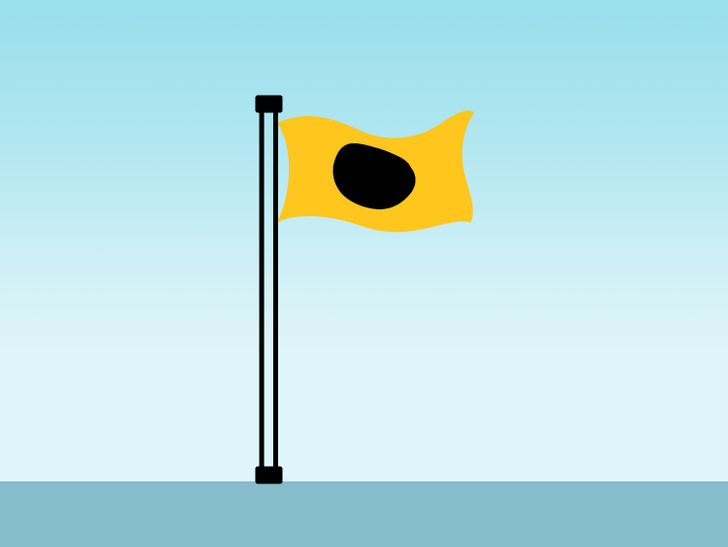
The black ball on the yellow background means that it’s forbidden to use special swimming equipment, such as surfboards, for example, in the designated area.